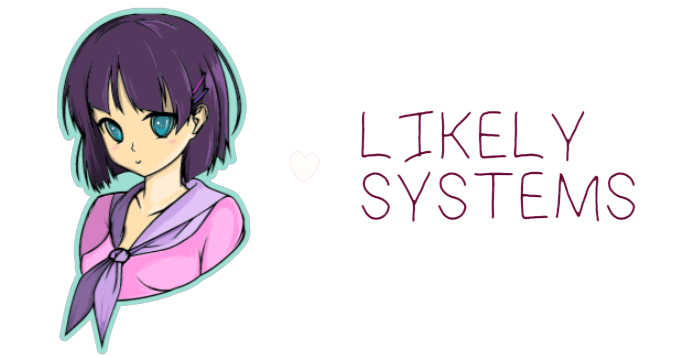When Nicc asked me to take on a short piece on crows and ravens in Japan, Karasu wa Aruji o Eraabanai was obviously a factor. But one reason he cited was the curious fact that in Japanese, there is no separate word for “crow” and “raven” – they’re both simply karasu. Once you get into the realm of myth that’s another matter but that’s not what we’re talking about here.
As it happens, that was something I noticed years ago (it may have been writing up some anime or another that made me realize, I don’t recall). And I likewise found it very odd. And researched it. And the short answer seems to be, ravens aren’t actually native to anywhere in Japan but Hokkaido (which for much of Japan’s history has been treated like a foreign country, with its own language) – and only seasonally even there – so it wasn’t necessary. But it’s also a fact that Japanese doesn’t distinguish between, for example, mice and rats, or bees and wasps. It just seems to be a peculiarity of the language.
That said, once you do venture into myth and legend, corvids are all over it. Most famously of course you have tengu, the legendary youkai (or Kami, depending on interpretation), one of the most famous of all Shinto beings. They’re an odd bunch – thought to live in mountain areas, love swords and young boys (who they’re known to kidnap for nefarious purposes), and generally have an arrogant and haughty attitude towards lesser beings. There are some versions of the tengu myth which suggest that they’re the reincarnated spirits of those who were arrogant and haughty in life.
The most famous raven in Japanese folklore is the Yatagarasu, the three-legged raven at the heart of Karasu wa Aruji o Erabanai. The Yatagarasu goes way, way back in Shinto, having been the Kami who was said to have guided the mythical Emperor Jimmu on his initial journey to the Yamato Plain. There are many theories as to why it’s always depicted as having three legs (Heaven, Earth, and man being a common one) but the origins are so hidden in the mists of time that no one knows for sure. That said, Yatagarasu (like many Japanese myths and legends) has its roots in ancient China, with a stopover in Korea along the way.
Needless to say, the examples of crows and ravens in animanga are virtually limitless. There are three (Yatagarasu, Tonai no Youkai-san, and Kimetsu) featuring them just this season. Koukyuu no Karasu – in this case localizers went with ravens, “Raven of the Inner Palace” – is another very prominent example. And they’re no stranger to Western fiction either, from Edgar Allen Poe to “The Crowening” (and the Old Testament, I might add). Science tells us that corvids are among the most intelligent animals in nature, capable of using tools and understanding numbers (there’s video of a Tokyo crow trying to use a PASMO card, and I defy you to explain it any other way).
But people didn’t need modern science to tell them this – anyone who watches crow and raven behavior will have figured it out. And as they’ve (especially crows, along with jays and magpies – the other main branches of the corvid family tree) been living in close quarters with humans since the dawn of civilization, we did so a long time ago. Japan’s crows are a particular feature of modern urban life, as they’ve deduced that human cities are the ultimate gravy train and settled them in huge numbers. They’re annoying – loud, garbage-strewing, pet-threatening. And there are cases of crows attacking people they perceive as hostile (and they’re been shown to recognize and remember human faces). But we remain fascinated by such fiercely intelligent creatures living in our midst.
And that’s the essence of karasu mythology, I think. As humans we’re fascinated by intelligence in other animals, and almost everywhere these animals are far more prevalent in our daily lives than primates (among land animals their only rivals in brain power, besides us). Japan has had to engage in costly and intricate measures to try and limit the damage crows can do – not just garbage and noise but stealing animal feed on farms (and zoos) and damaging power lines with their nests. But they’ve always been our neighbors, much the way orangutans – the “people of the forest” – were in Indonesia. Their prevalence in Japanese (not only, but especially) folklore and popular culture isn’t remotely surprising, given all that.
The post LiA Bespoke Project – A Crow by Any Other Name appeared first on Lost in Anime.



